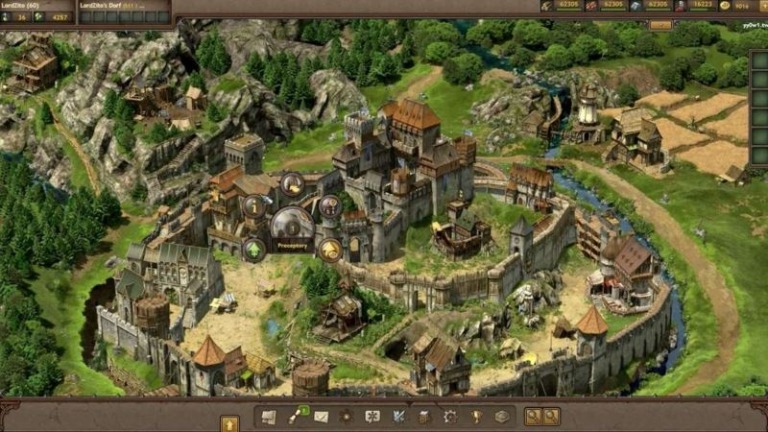

Our results add to expectations of ecosystem-wide effects of windfarms in the marine environments, which need to be researched further given the rapid rate of expansion of OWFs. This contrast generated relatively small changes when averaging values over the full modeling domain, however, certain changes, such as for example the increased storage of OC in sediments, may be of significant value for national / regional carbon management inventories. Effects were not limited to the OWF itself: clear changes were noticed in sediments outside of the OWFs, which were mostly opposite to the “within-OWF” effects. Similarly, denitrification rates within the OWFs increased, depending on the scenario, by 2–3%. This leads to a buildup of OC in the upper sediment layers (increase by ∼10%) and an increase of anoxic mineralization processes. Our results show increased total mineralization rates within OWFs (27–30%) in correspondence with increased deposition of reactive organic carbon (OC) encapsulated in the OM. The first including constructed OWFs as of 2021, the second containing additional planned OWFs by 2026. Two scenarios of OWF development in the Belgian Part of the North Sea (BPNS) and its surrounding waters were calculated and compared to a no-OWF baseline simulation.


OM deposition fluxes produced in a 3D hydrodynamic model of the Southern Bight of the North Sea were used as input in a model of early diagenesis. In this study, we investigated the effects of organic matter (OM) deposition in the form of fecal pellets expelled by filtering epifauna in OWFs, on mineralization processes in the sediment. Marine life has rapidly exploited the new habitat offered by windfarm structures, resulting in increased opportunities for filter- and suspension feeding organisms. Offshore windfarms (OWFs) offer part of the solution for the energy transition which is urgently needed to mitigate effects of climate change. 4Operational Directorate Natural Environment, Marine Ecology and Management, Royal Belgian Institute of Natural Sciences, Brussels, Belgium.3Modeling for Aquatic SysTems (MAST), University of Liège, Liège, Belgium.2Department of Estuarine and Delta Systems, Royal Netherlands Institute of Sea Research (NIOZ), Yerseke, Netherlands.1Department of Biology, Marine Biology Research Group, Ghent University, Ghent, Belgium.Emil De Borger 1,2*, Evgeny Ivanov 3, Arthur Capet 3, Ulrike Braeckman 1, Jan Vanaverbeke 1,4, Marilaure Grégoire 3 and Karline Soetaert 1,2


 0 kommentar(er)
0 kommentar(er)
